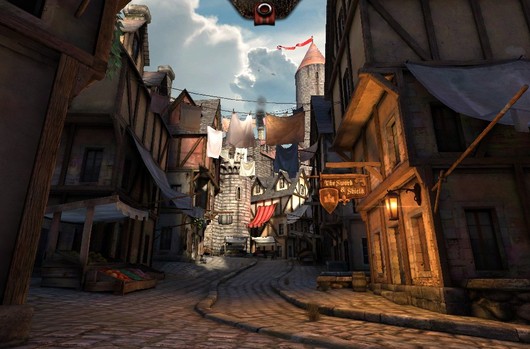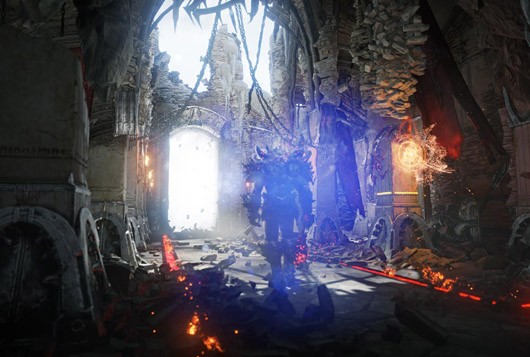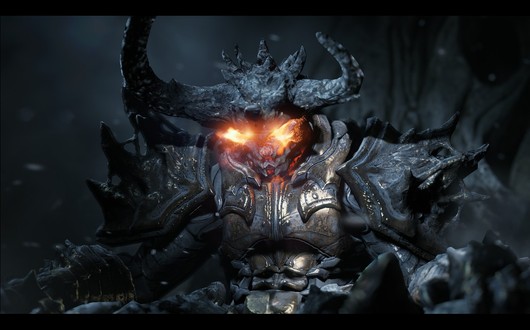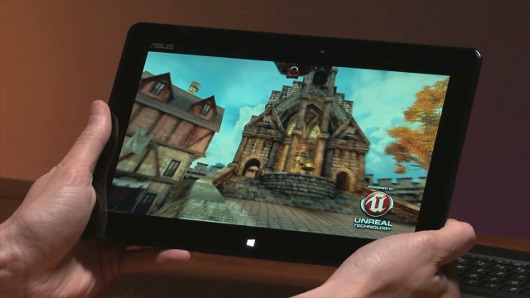Digital Foundry vs. Unreal Engine 4
At E3 this year, Epic delivered something few others dared to offer – a vision of the future in gaming, a look ahead to the graphical possibilities afforded by the next generation of console hardware. We’ve seen it in motion and today, on this page, you will too. Unreal Engine 4 may not be entirely what you expect, but it is very real, obviously ambitious and in many ways, rather spectacular. When we think of what the next generation represents from a rendering perspective, we look at PC graphics hardware for our lead: increased detail through tessellation, GPU compute shaders, enhanced post-processing effects. We look towards current iterations of technologies like Frostbite 2 and CryEngine 3 that bridge the gap between the HD consoles and cutting-edge PC rendering. The thing is, as Epic has demonstrated with its Samaritan demo, the existing Unreal Engine 3 can do that too – we should fully expect to see plenty of cross-generational titles running on PS3, 360, PC and next-gen consoles using Epic’s existing middleware. This Unreal Engine 4 demo is something else. The most basic principles it is based upon strongly suggest that games based on this platform simply couldn’t be achieved on current gen hardware without fundamental compromise. In the here and now, most games mostly use a mixture of static lighting – pre-calculated and “baked” into the environments – and dynamic light sources. The global illumination system employed by UE4 is all real-time, all the time: no faking, no baking – and the level of fidelity in the simulation is an obvious step beyond what is possible on existing console hardware. Read more…

![Epic: Silicon Knights lawsuit over, ‘jury finds for Epic on all counts’ [Update: Epic awarded $4.45 million], Game Crazy](http://gamecrazy.com/wp-content/uploads/2012/05/1338418841gavelheaderimg530px15125.jpg)




